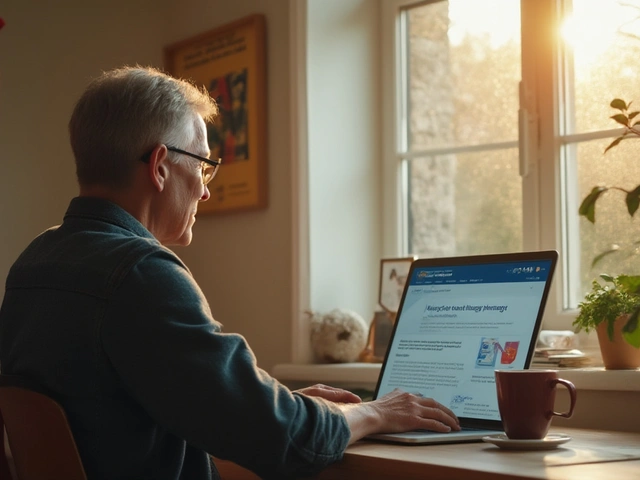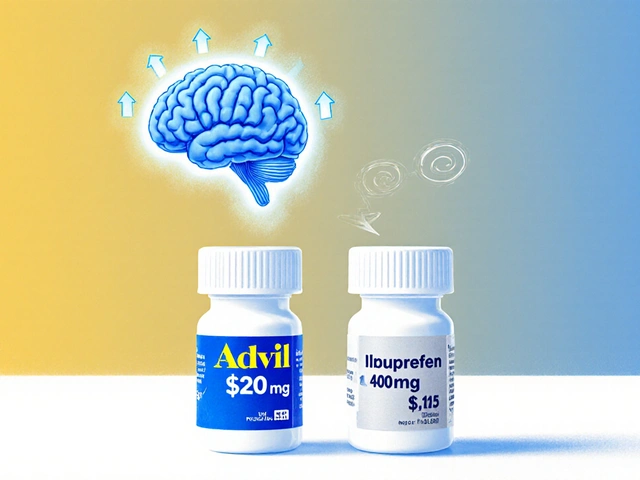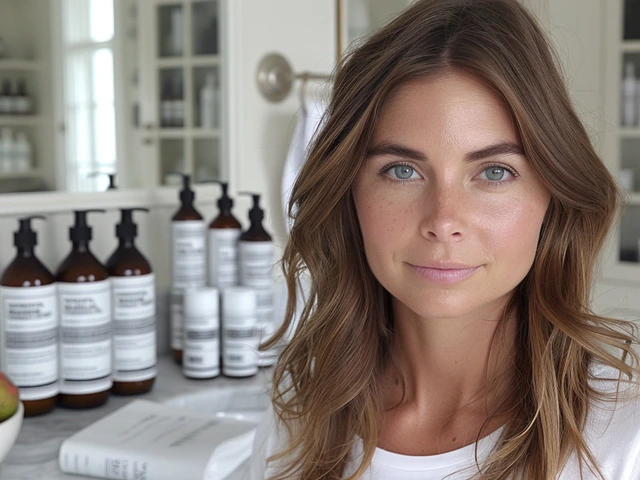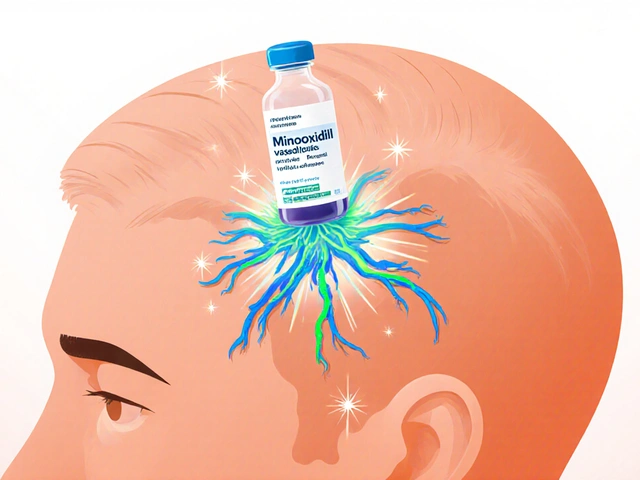Buy-Pharma-MD: Your Guide to Safe and Affordable Online Pharmacy Shopping
July 29 2025Rainforest Botanicals: Safe Use, Sourcing & Interactions
Rainforest botanicals are powerful plants used for centuries — but “natural” doesn’t mean harmless. If you’re curious about herbs from the Amazon or other rainforests, this page helps you spot safe products, avoid bad mixes with prescription drugs, and choose suppliers who harvest responsibly.
How to check quality
Start by checking the label. Look for the plant’s Latin name (not just a common name), the part used (root, leaf, bark), and an extract ratio or standardized active compound when relevant. Third-party testing matters: companies that post lab results for contaminants, heavy metals, and active ingredient levels are more trustworthy. If a product hides its source, claims miracle cures, or uses vague phrases like "proprietary blend," walk away.
Packaging and storage are clues. Herbs in dark glass or sealed pouches keep freshness longer. Avoid powders with strong off smells or clumps — those can mean moisture or mold. If you’re buying online, check for customer photos and independent reviews on sites outside the seller’s page.
Safety: mixing with prescription meds
Many rainforest herbs interact with common prescriptions. For example, herbs that affect the nervous system can change how antidepressants work. Some plant compounds thin the blood and can boost the effect of anticoagulants. Others change blood sugar or blood pressure. If you take any regular medicine, always check with your doctor or pharmacist before trying a new botanical.
Bring exact product labels to your clinician — brand name, dose, and ingredients. Pharmacists can often flag dangerous combos quickly. If you can’t get immediate medical advice, stop new herbs before starting surgery or changes in prescription doses.
Pregnant or breastfeeding? Many rainforest herbs haven’t been studied for safety in pregnancy. Skip them unless a trusted clinician says otherwise.
Want practical buying tips? Choose sellers that share test reports (COAs), list harvest countries, and explain sustainable harvesting. Smaller community-based brands sometimes do better for the environment, but they should still show testing and clear dosing directions.
On this site you’ll find related posts that dig deeper into specific herbs and natural alternatives — for example articles about herbal fertility supplements and alternatives to common meds. Those can help you compare evidence and real-world experience before trying anything new.
Quick checklist before you try a rainforest botanical: 1) Check Latin name and dose; 2) Look for third-party lab reports; 3) Confirm sustainable sourcing; 4) Ask a pharmacist about interactions; 5) Start with a low dose and watch for reactions. Do each step and you’ll cut risk while getting the benefits people seek from these rich, unique plants.
If you’ve got a specific herb in mind, search our tag for posts where we review evidence, side effects, and safe buying options. That saves time and helps you make smarter choices.
 26 Apr
26 Apr
Top Amazonian Herbs: Science-Based Benefits for Holistic Wellness
Amazonian herbs aren't just jungle folklore—they're becoming wellness favorites worldwide, with real research to back up their hype. This guide spotlights the most popular rainforest botanicals making waves for their health benefits. Discover what the science actually says—no empty promises, just evidence. You'll get practical tips on sourcing, safety, and ways to use these potent plants. Explore how these ancient remedies can fit into a modern, healthy lifestyle.
Read More...



